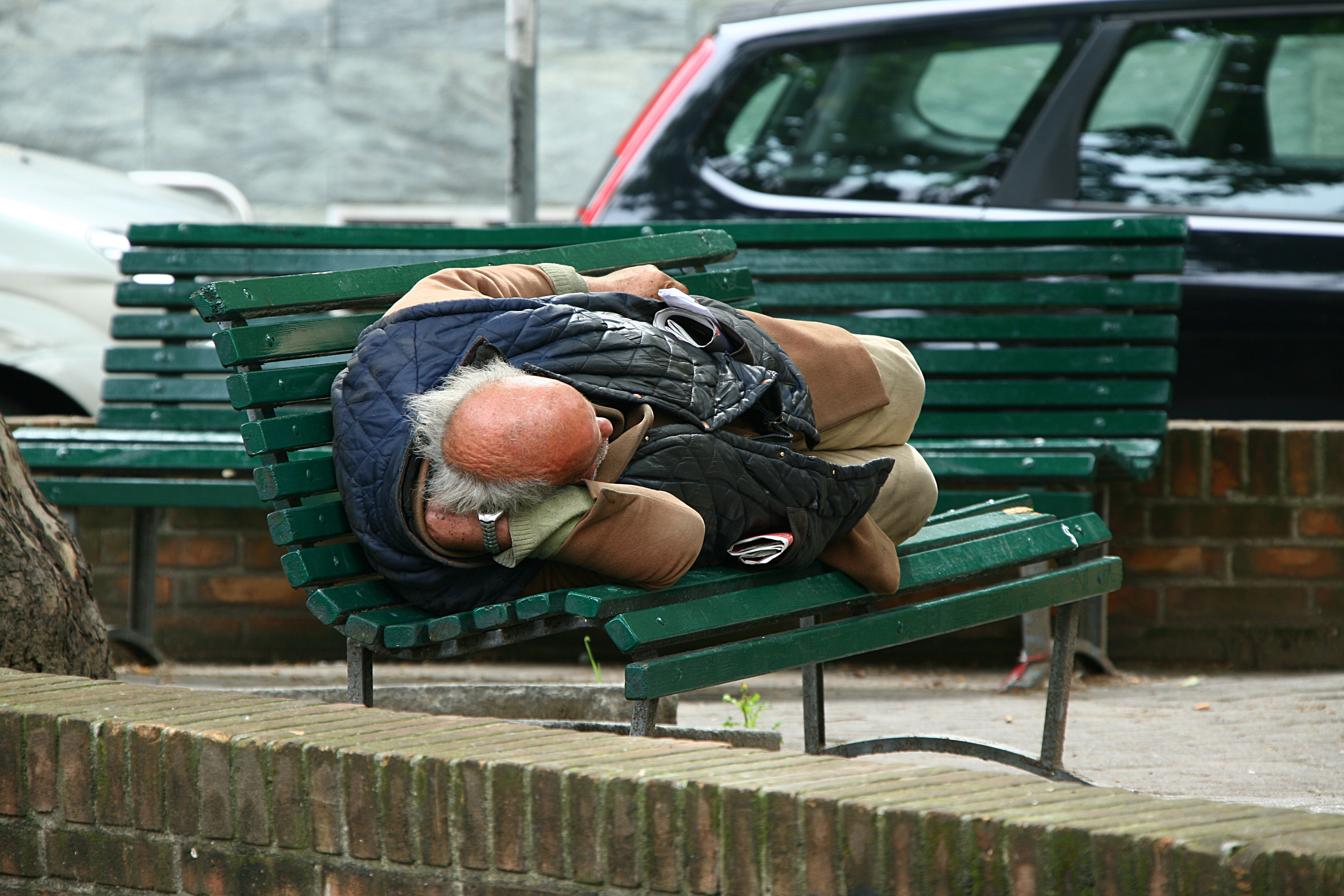
Long waiting lists, high rents, thousands sleeping rough, millions living in insecure or unsuitable homes and a generation of young people priced out of the market: these are the hallmarks of the UK’s broken housing system.
In England, the government is committed to building 300,000 new homes a year by the mid-2020s. But in 2019, the number of new homes amounted to 170,000 – fewer than half of which were affordable homes. It’s a situation that is almost certain to get worse. Housing analysts have suggested that the restrictions caused by the coronavirus pandemic in 2020 will mean a 30% reduction in homes delivered.
Local authorities are rising to the challenge of the housing crisis. Between 1999 and 2002, councils delivered just 60 new homes as a consequence of central government housing policy. But in recent years councils have been returning to housebuilding in large numbers. A 2019 RTPI report found that:
“…more than two thirds of local authorities are now involved in directly delivering housing and local authorities are delivering homes in numbers not seen for 20 years.”
In the same year, The Guardian newspaper highlighted some examples of council housing projects:
“Bournemouth is building housing above many of its surface car parks, and has won planning awards for the results. Wigan is transforming tricky former mining sites with an exemplary programme of housing for older people. Exeter has one of Europe’s largest Passivhaus schemes underway, while Liverpool is developing rent-to-buy homes.”
Going modular
But if councils are to succeed in their efforts to deliver more affordable, low carbon housing, they will need to change the way homes are built. Increasingly, prefabricated modular construction is being seen as a way to meet some of the demand for new housing. Built offsite in factories, with fittings included, prefabricated housing offers comfortable, well-insulated homes that can be constructed more quickly than traditional building. Offsite construction can deliver a modern apartment block in half the time that it would take to build using traditional methods, which means that units for sale or rent can start making money more quickly.
An article in the 12 November 2020 issue of MJ magazine reported further benefits, noting that:
“…these homes are delivered with up to 40% less carbon, fewer defects, and less disruption to neighbourhoods where sites are located. Once completed the fact they are made in a factory is not obvious to the passer by or occupant, it is just great housing, beautifully built, with low running costs.”
A shortage of skilled labour presents another reason why the old ways of building homes need to change, as a 2016 review of the construction market highlighted:
“We will not have the labour force to deliver what the country needs by working in those ways, and those ways will not create enough added value for clients or suppliers to allow construction firms to prosper, and make those investments in our people and performance.”
The report demonstrated that prefabricated housing can make a significant difference to satisfying demand:
“Tokyo alone is able to build nearly the same number of homes per year that the UK delivers nationally. This is purely due to the reliance on a different delivery model for single family homes which benefits from the mass market cultural acceptance of pre-manufactured modular housing.”
Housing the homeless
Further evidence that modern methods of construction can work well has come from a project in Cambridge, where six modular homes were installed on a temporary site to house local homeless people. A report by the Cambridge Centre for Housing & Planning Research noted that residents were impressed with the design, space and quality of the modular units, and were keen to be involved in efforts to build a thriving community.
The Cambridge project is especially important in the light of the UK’s large number of rough sleepers and ‘hidden homeless’. In March 2020, more than 14,000 homeless people were housed in England as part of the ‘Everyone In’ initiative to take rough sleepers off the streets during the first wave of the pandemic. The programme was hailed as one of the leading successes of the government’s coronavirus response, but it ended in May and has not resumed during the current lockdown.
The future is modular?
So, could modular construction offer a solution to the UK’s housing shortage? Recent research published in the Journal of Engineering, Design and Technology set out to compare the traditional approach with modular construction, and to assess whether a shift in construction systems offers the potential to alleviate the UK’s domestic housing crisis. The study stressed that more research was needed to provide greater certainty about how modular methods could be more effectively grafted onto the current UK construction practices. However, the authors concluded that:
“…modular construction promises strategic solutions to the lack of affordable housing currently experienced in the UK.”
In the meantime, recent developments suggest that the prefabricated housing sector seems to be going from strength to strength:
- A 20,000 sq ft unit will be the manufacturing site for a new modular housing company in Durham, with plans to produce 1,000 modular homes a year.
- A modular housing developer owned by Ikea has signed a 750-home deal with a housing association in the south of England.
- Planning consent has been granted for 185 homes to be located in Bristol after they are shipped in from a factory in Yorkshire. Half of the homes will become part of the city council’s affordable housing stock.
The numbers of prefabricated homes are still too low. But if this trend continues, offsite construction might start to have a bigger impact on the UK’s housing shortage. The days of bricks and mortar could be numbered.
Further reading
More from The Knowledge Exchange blog on modern methods of housing:











 By Heather Cameron
By Heather Cameron





You must be logged in to post a comment.